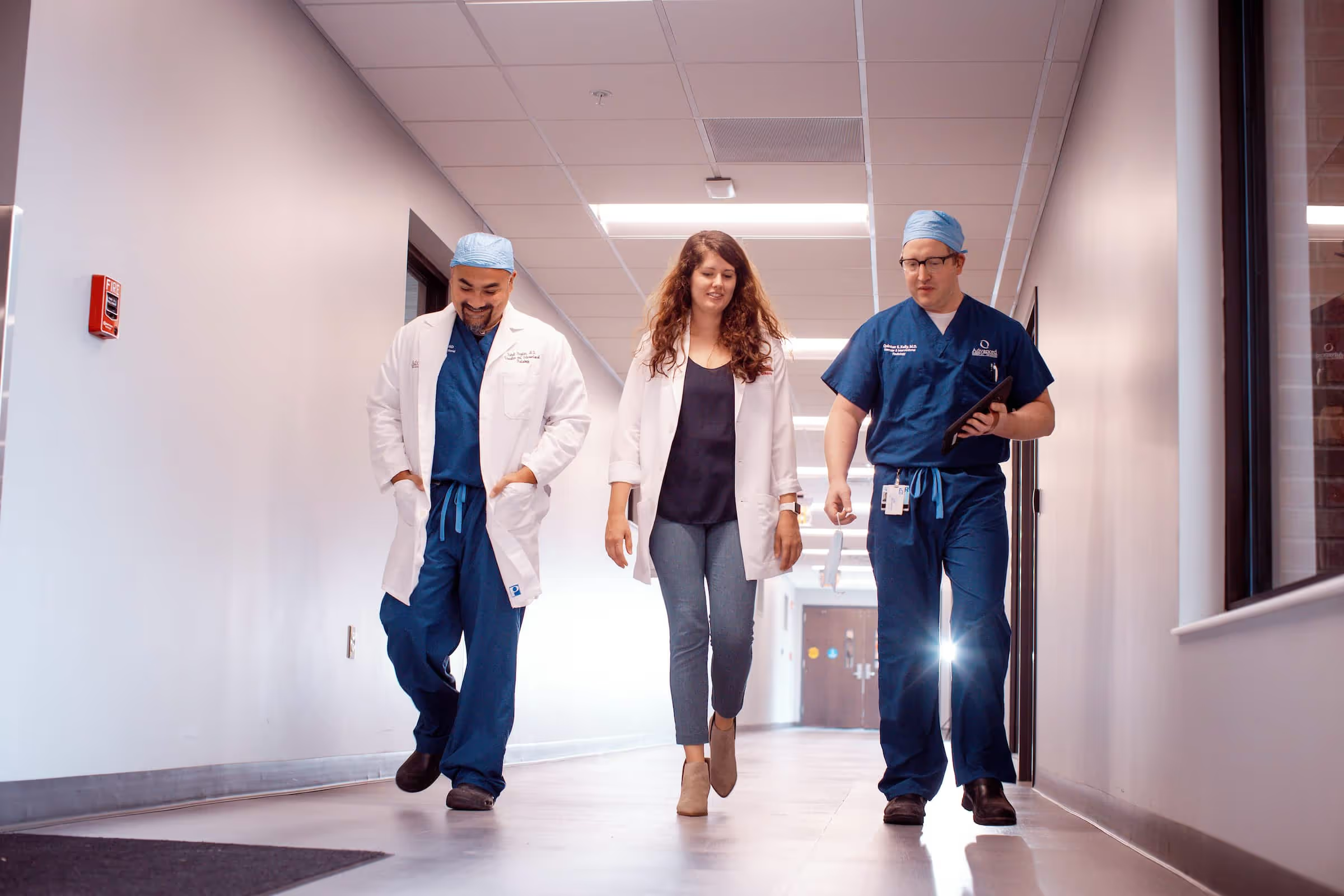View all the services that Advanced Medical Imaging has to offer across all of our amazing departments

Fluoroscopy is a technique for obtaining “live action” X-rays, similar to an X-ray movie. Barium or iodine is used as a contrast material that shows up on x-rays and is either injected or swallowed during fluoroscopy to outline blood vessels or organs. The continuous beam of x-rays is used to evaluate structures and movement within the body, such as blood traveling through a blood vessel, the diaphragm moving up and down, or food moving through the urinary and digestive tract. It can also be used to help a radiologist locate a foreign object in the body, position a catheter or needle for a procedure, or to re-align a broken bone.


MRI’s of the abdomen are commonly performed to detect issues in the liver, gallbladder, digestive tract, and other organs. It can also be used to evaluate the state of blood vessels and organs prior to a surgery or transplant.
MRI’s of the pelvis are commonly performed to detect issues in the bladder, prostate, reproductive organs, lymph nodes, rectum, anus and pelvic bones.
MRI’s of the breast are many times administered after an initial mammogram to further explore abnormalities. Breast MRI’s are ideal for patients with “dense” breast tissue, because MRI images show more detail allowing radiologists to see more than with a standard x-ray image.
Using an MRI machine to guide a biopsy is very efficient because the clear images help radiologists to accurately sample the abnormality.
MRI is frequently used to scan major joints in the body. Including shoulders, wrists, knees and hips. MRI can locate and identify the cause of pain, swelling, and bleeding in the tissues around joints and bones. The images can see tears and injuries to tendons, ligaments and muscles. MRI can also show arthritis and tumors involving bones and joints.
MRI is frequently used to determine the causes of back pain, leg pain and numbness. The exam can detect a bulging, degenerated or herniated intervertebral disk. MRI can be done to help plan surgeries of the spine. MRI performed after surgery will show whether infection or post-op scarring is present. Patients that have had surgery of the spine may require an injection of contrast material.
MRI of the brain is useful in detecting brain tumors, strokes and certain disorders such as multiple sclerosis. MRI can also detect abnormalities of the eyes or inner ear. Most exams of the brain will require an injection of contrast material to enhance the visibility of certain tissues or blood vessels. A small needle is placed into a vein of the hand or arm for the injection.
MRA provides detailed images of blood vessels with or without the use of contrast material. MRA can detect blocking or narrowing of arteries, and can also detect aneurysms, an enlarged artery. Commonly preformed MRA Exams include brain, carotids (neck) and renal arteries.
Magnetic resonance (MR) enterography is used to diagnose inflammation, bleeding, obstructions and other problems in the small intestine. Patients ingest a barium contrast medium before their scan that highlights certain parts of the digestive tract in the images.
AMI is the only outpatient center in Lincoln equipped with the most advanced MRI that provides highly detailed images, faster. The large bore design is made for patient comfort and is ideal for and larger patients.
Advanced Medical Imaging is the first location in the entire midwest to install a HERO 3T with the latest technology. Scan times are reduced by 50% using Air Recon DL.
The most common of MRI machines is used the most often and has many benefits. There is more signal than the 1T open MRI providing a faster and better image. Less signal than the 3T MRI means less noise and heat than the stronger machine.
The only high-field Open MRI in Lincoln, allows for three times the amount of patient space than cylindrical MRIs. The open design perfect for claustrophobic and bariatric patients.

Some fluoroscopy procedures may use a contrast dye which allows medical provider to see specific organ(s). You will be asked to either drink the dye or you will receive it in an intravenous (IV) line in your hand or arm.
Make sure to let your radiologist know if:
You will be positioned on the procedure table and depending on the type of procedure, you may be asked to get in different positions, move a specific body part, or hold your breath at intervals while the fluoroscopy is being performed.
There are no limitations after your fluoroscopy Exam. You may drink or eat immediately following your exam.

If you have any further questions about our services, please contact our friendly staff.
Call Us
Our Board Certified Radiologists have a wide-variety of subspecialties and are on call 24 hours a day to ensure the best care is always available, when patients need it most.
